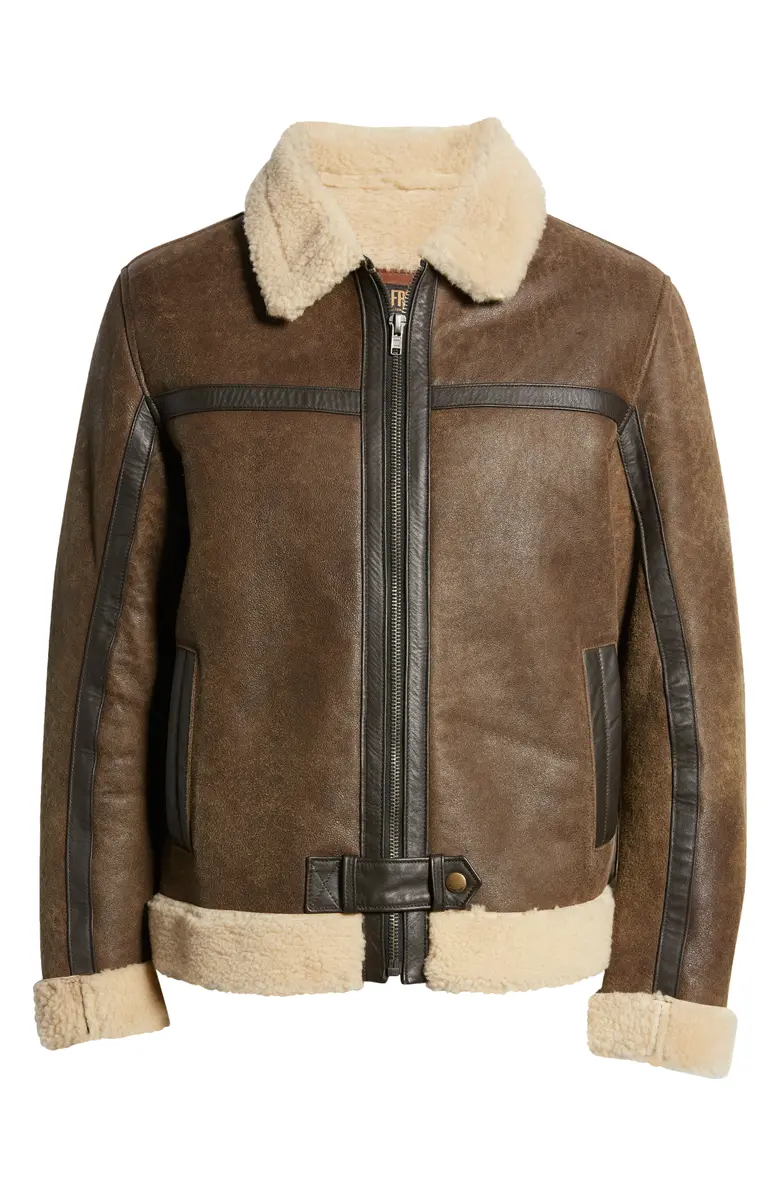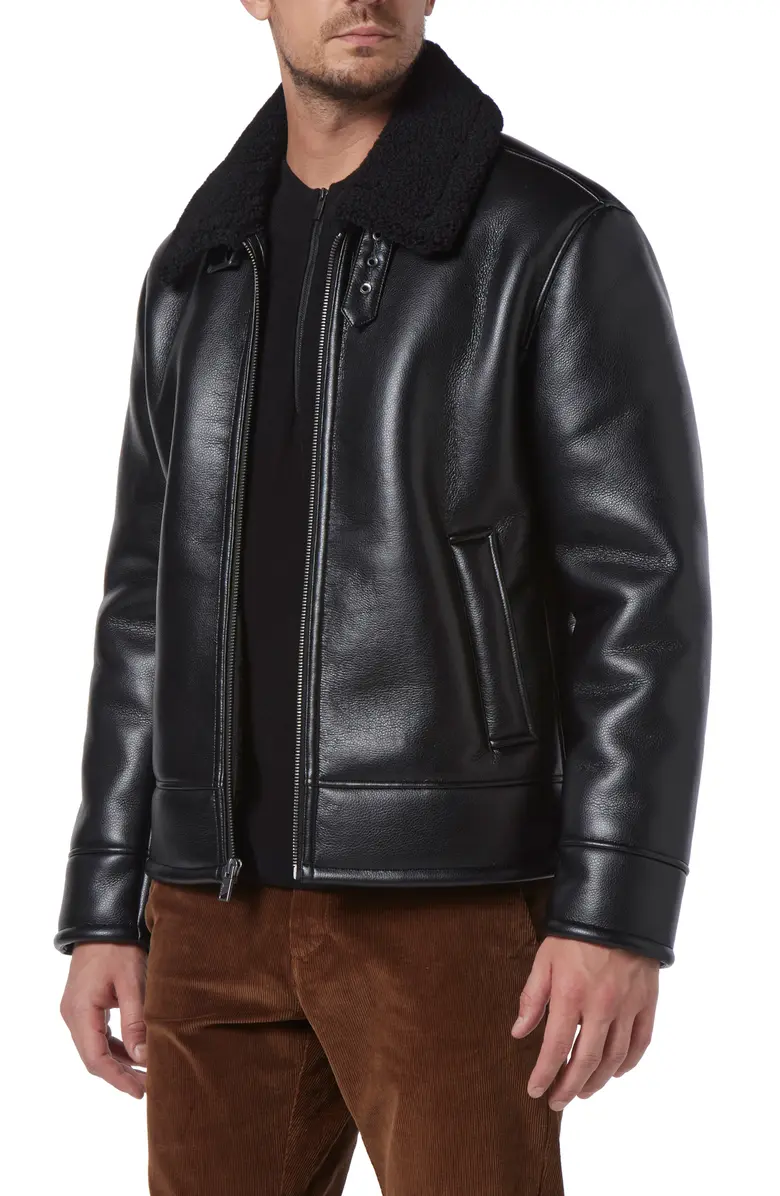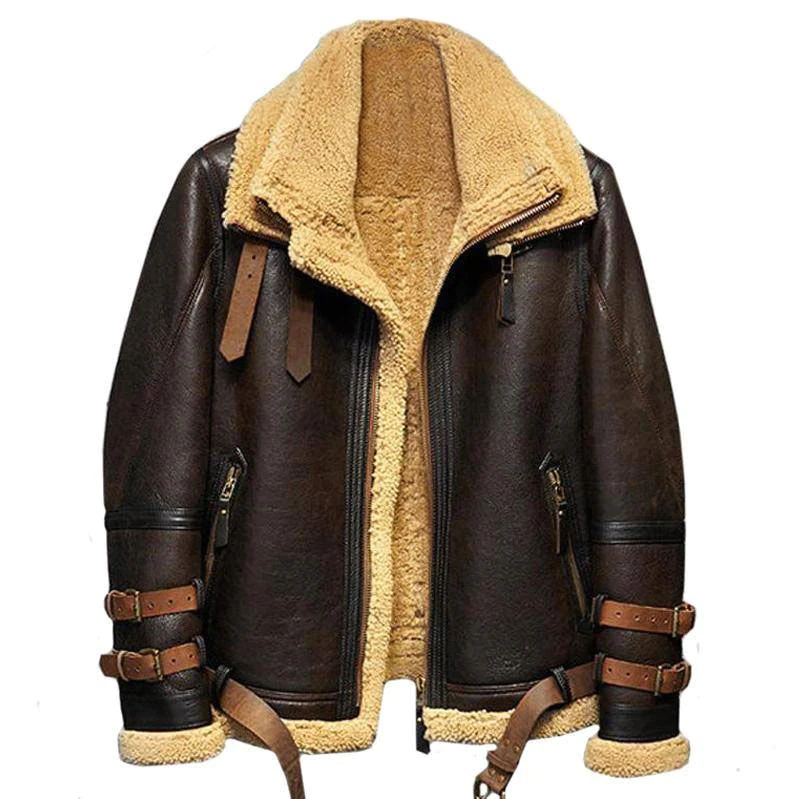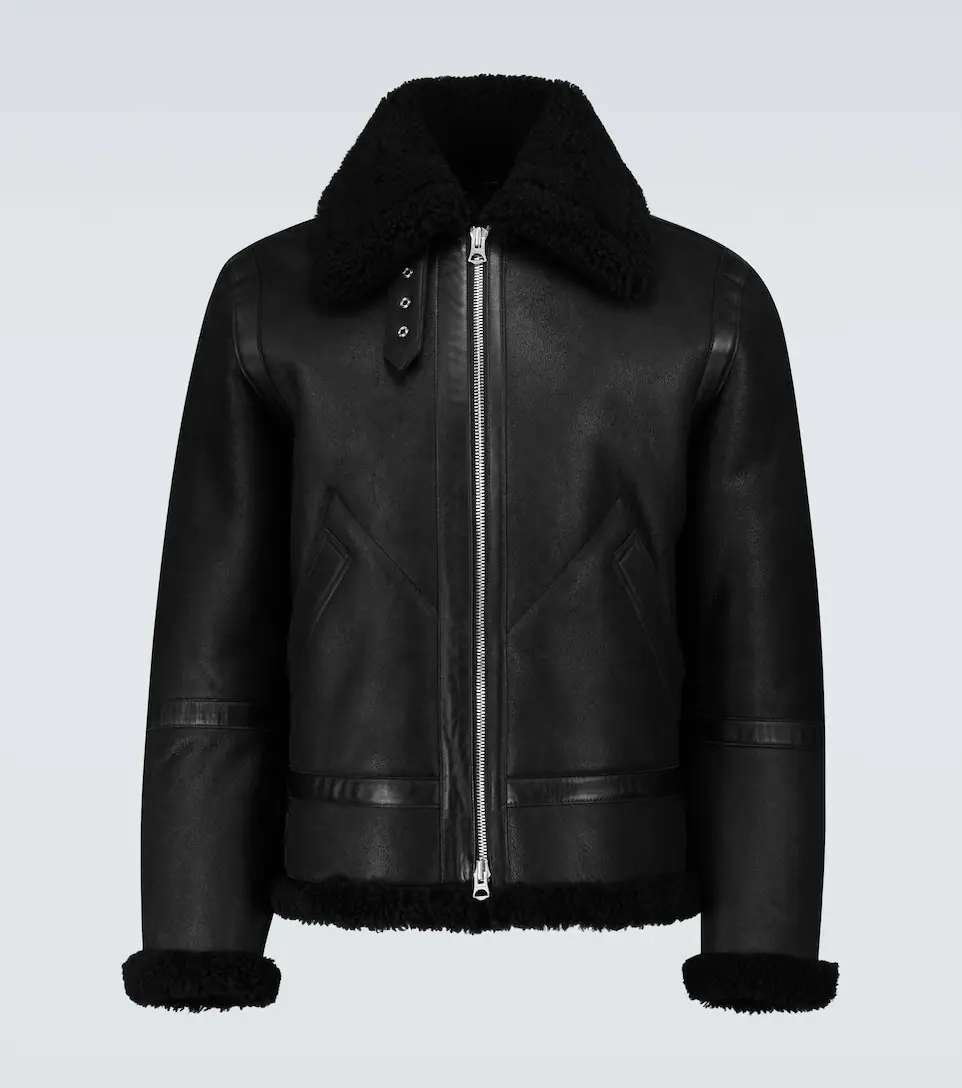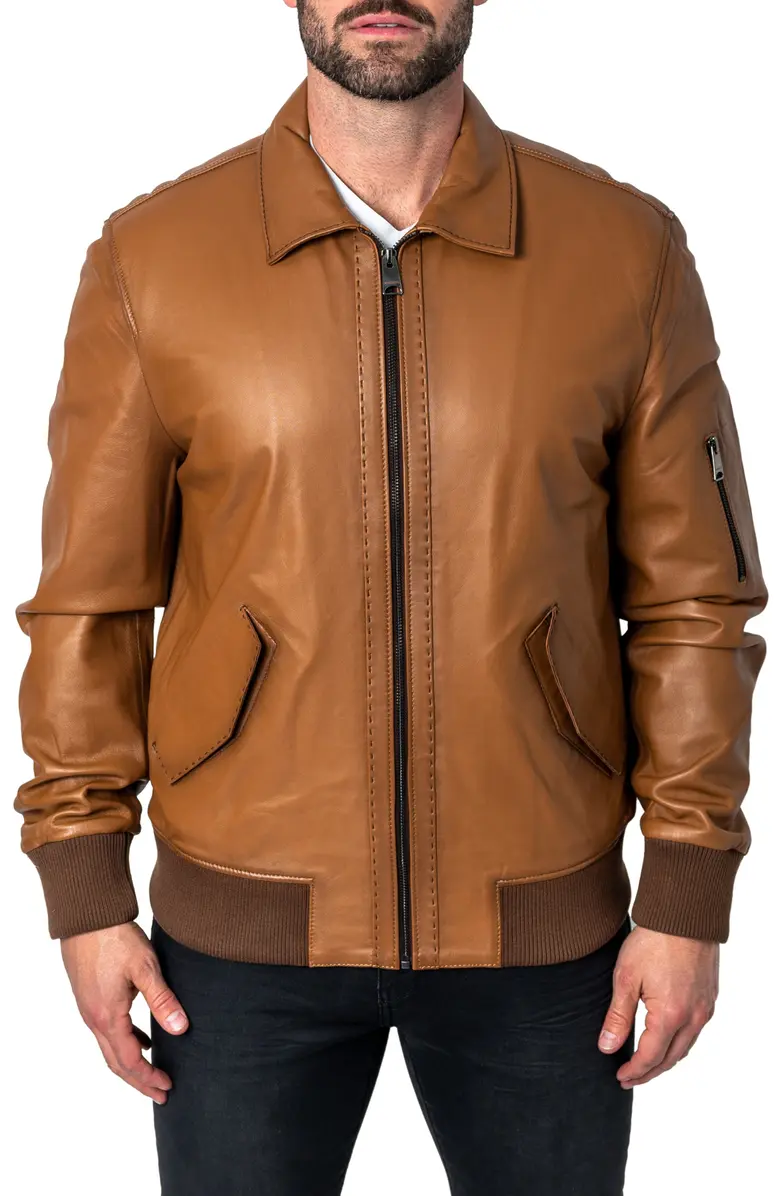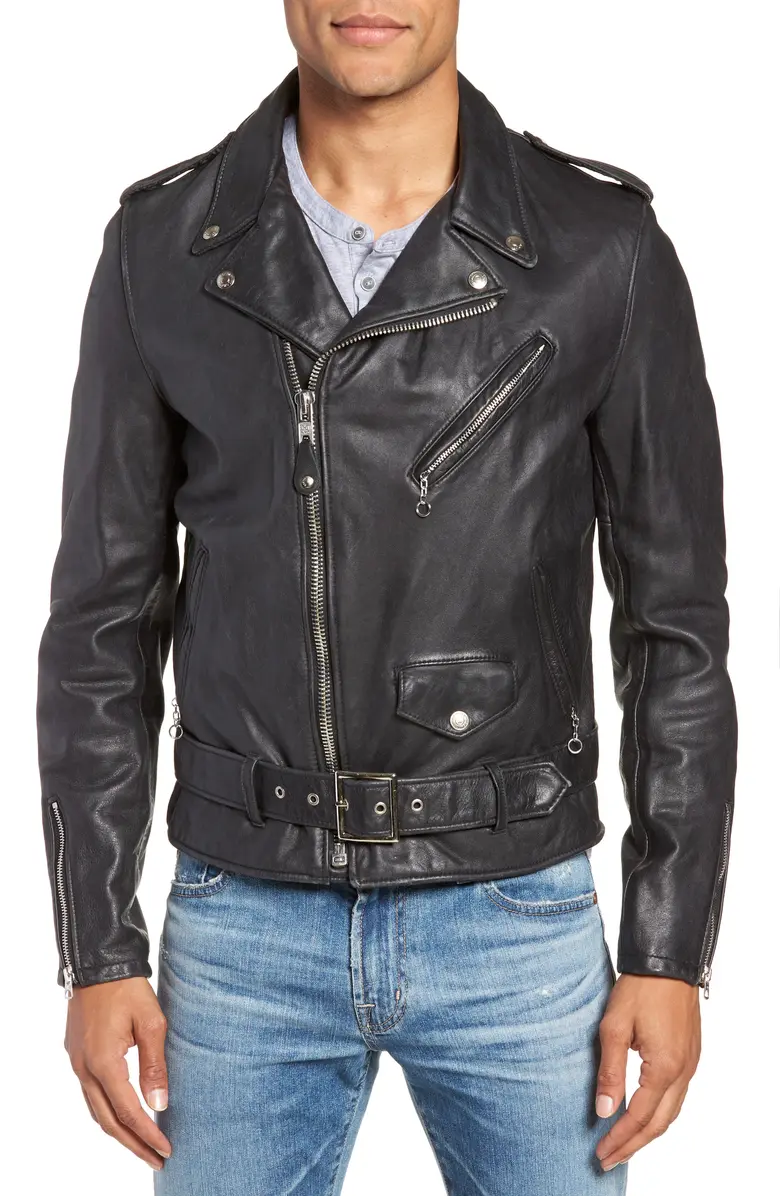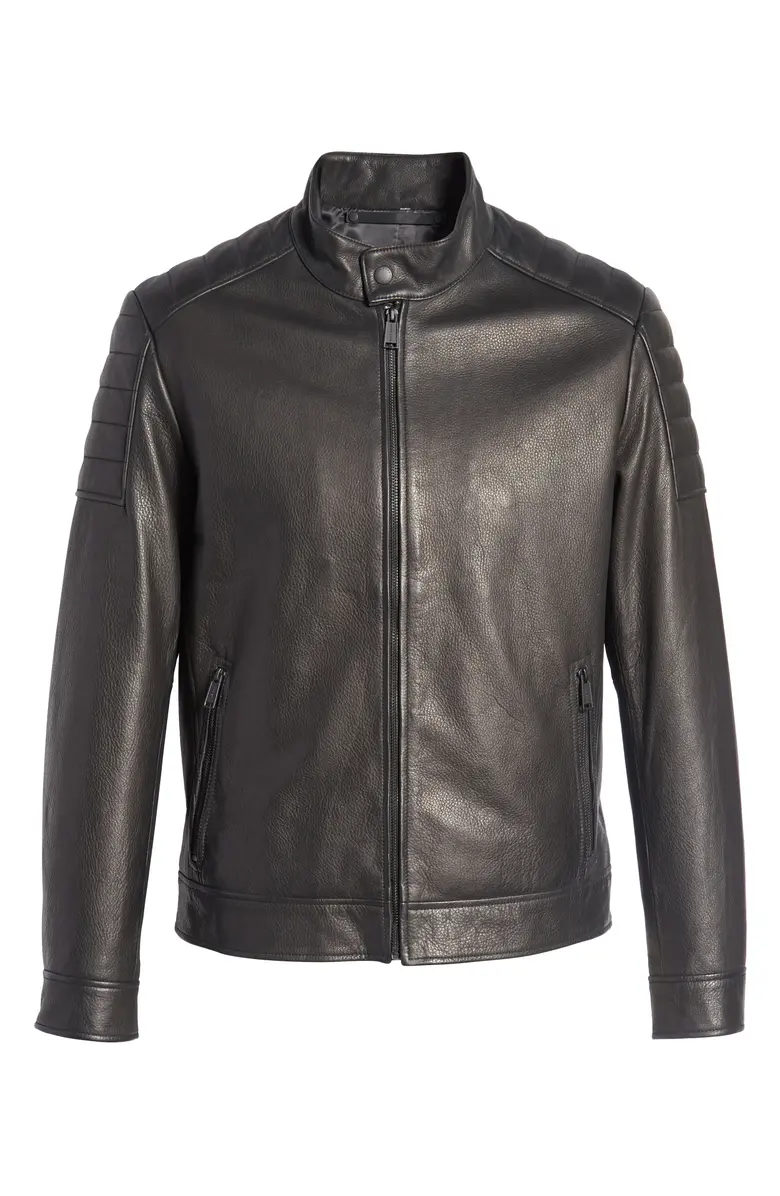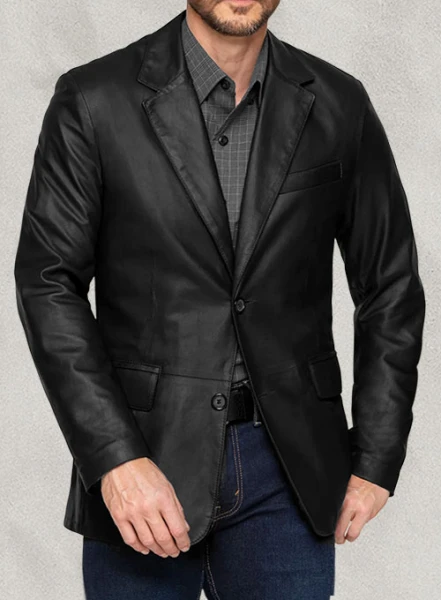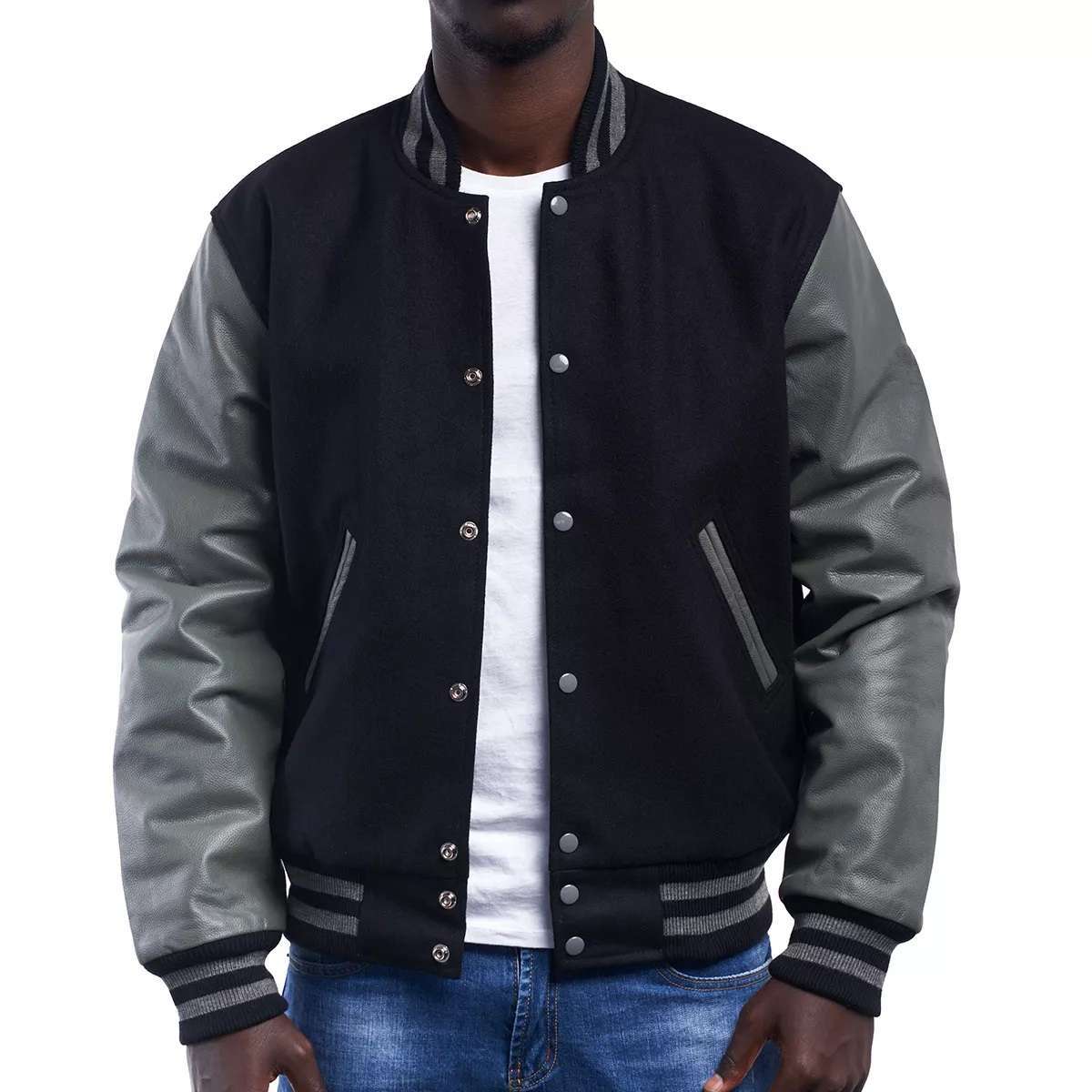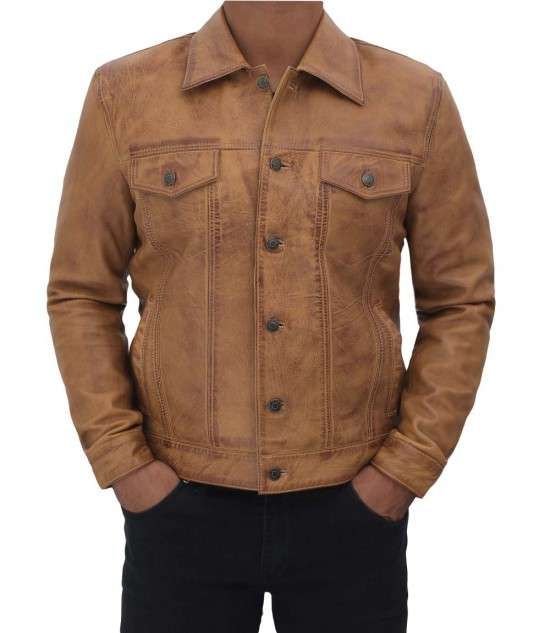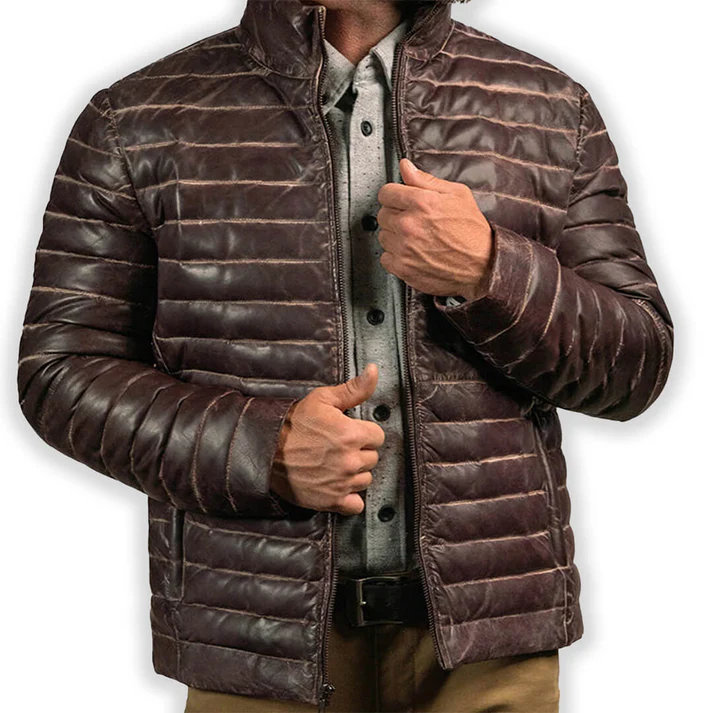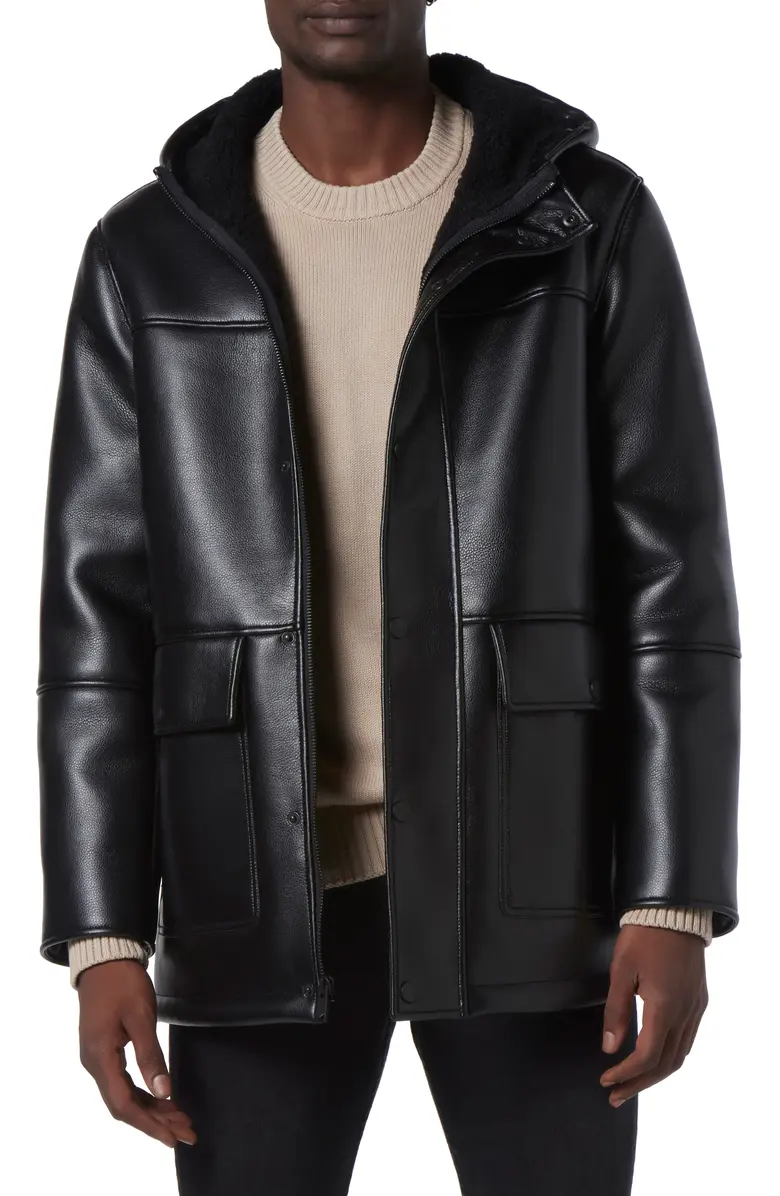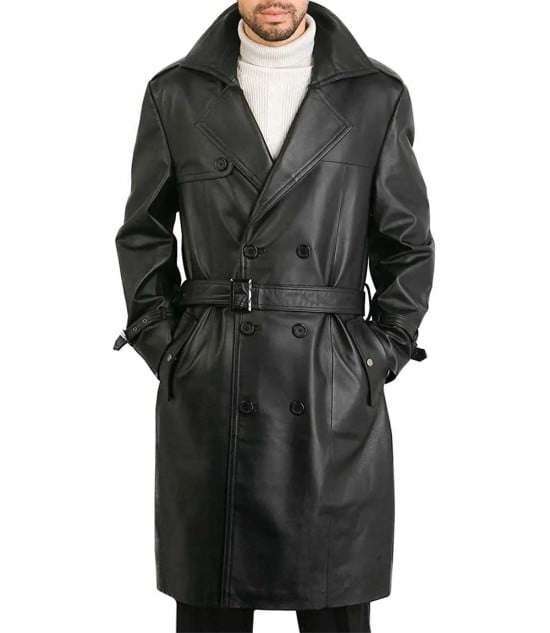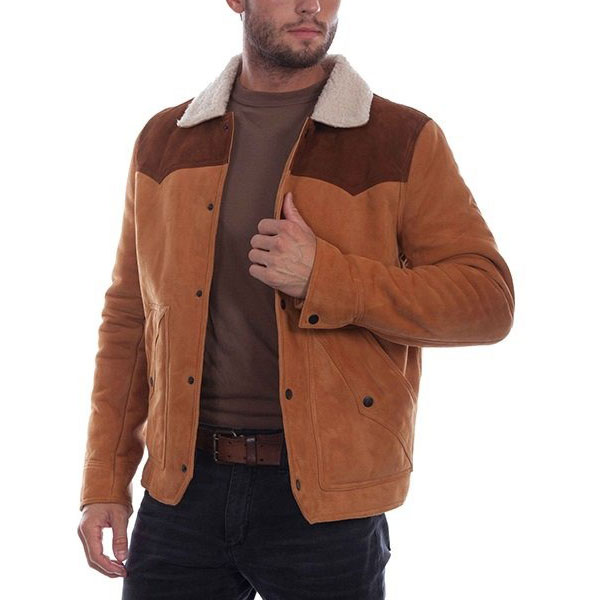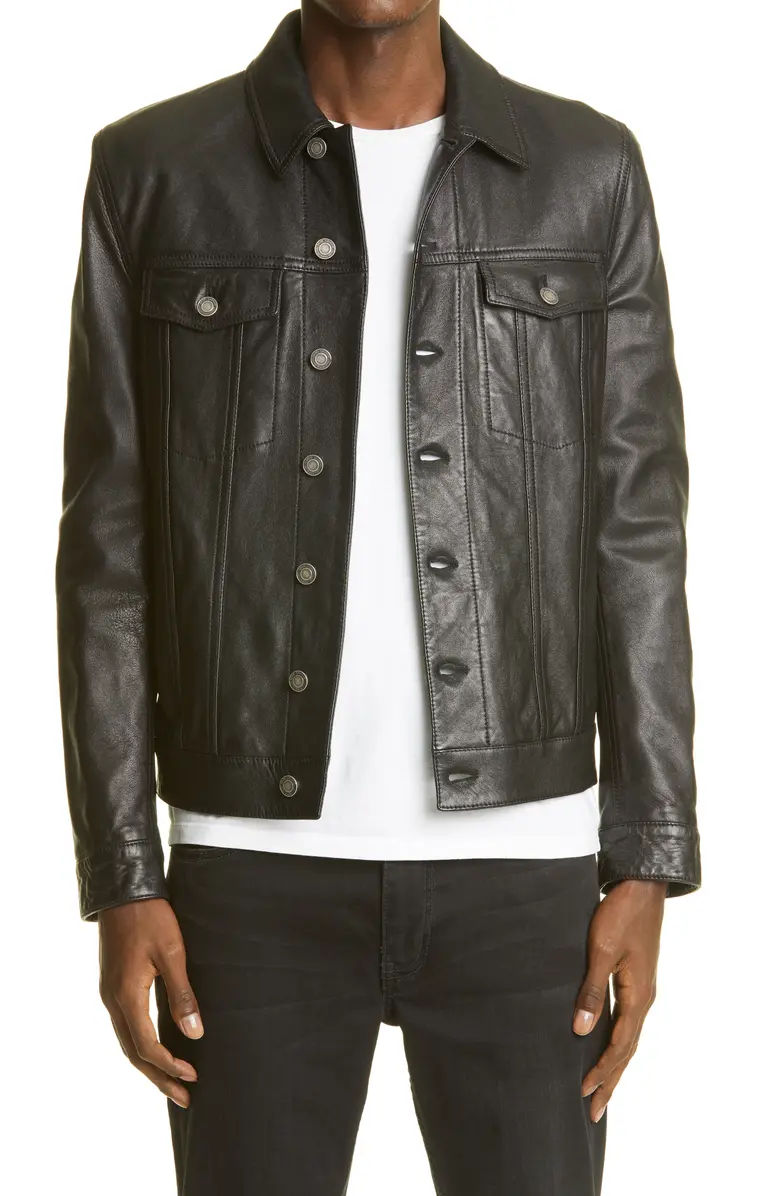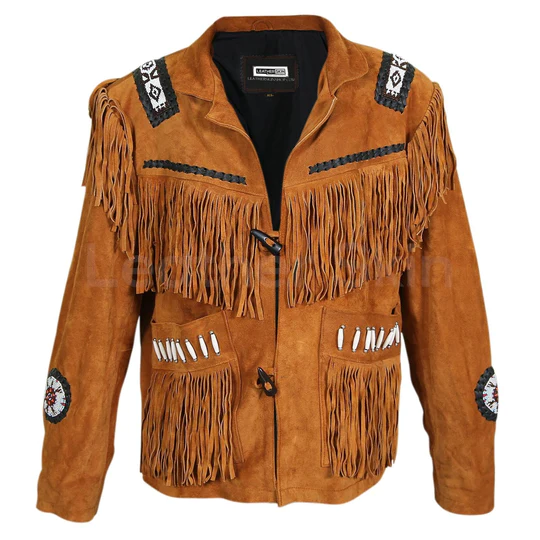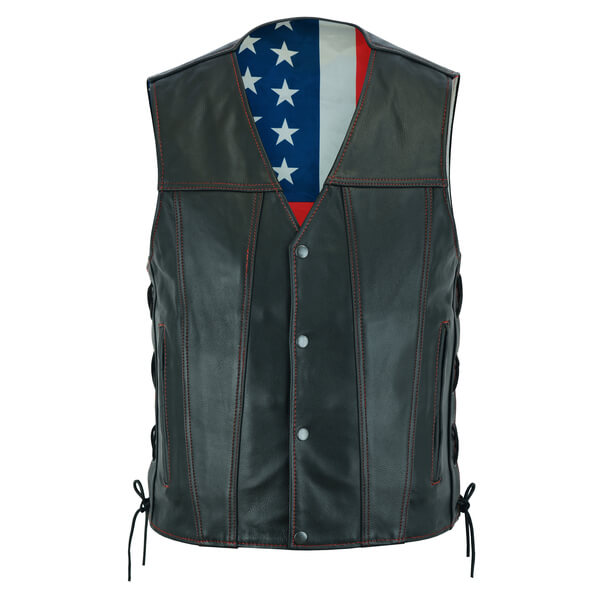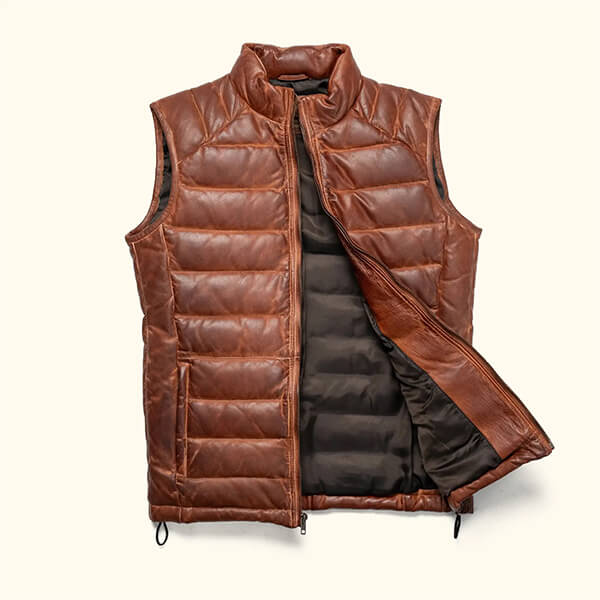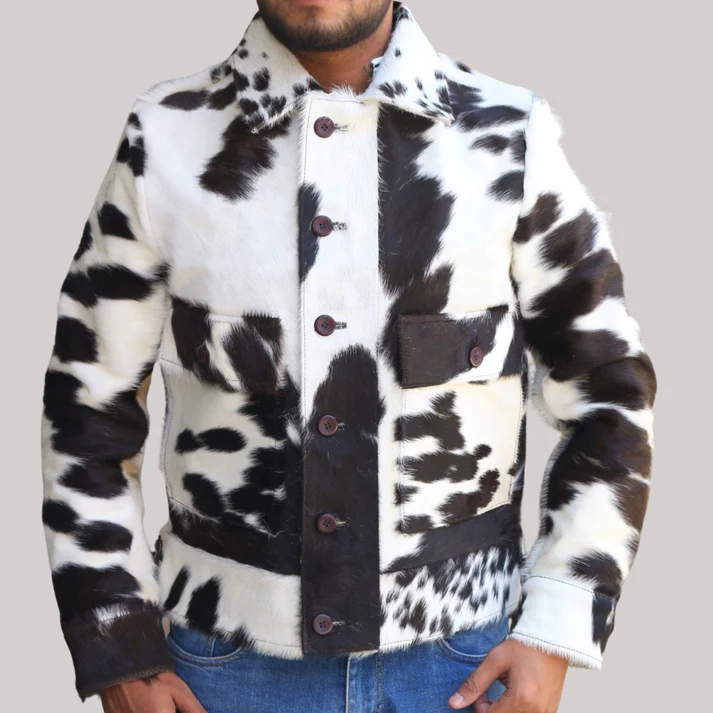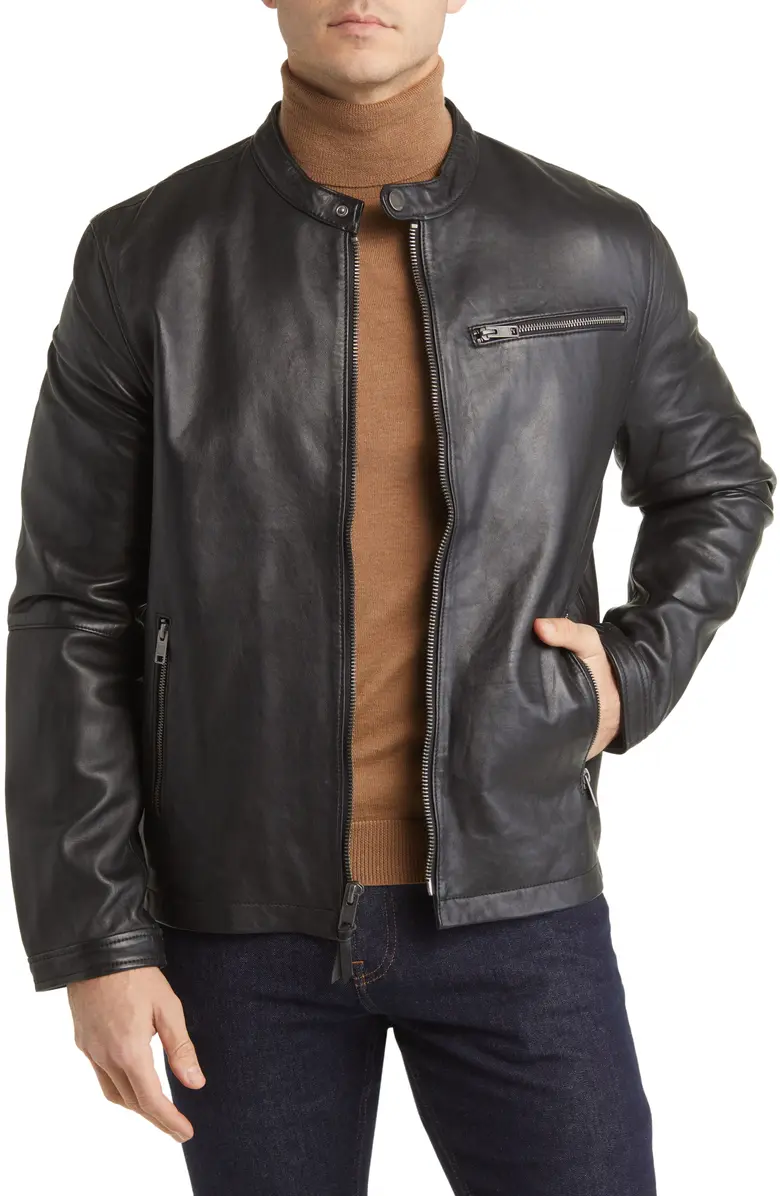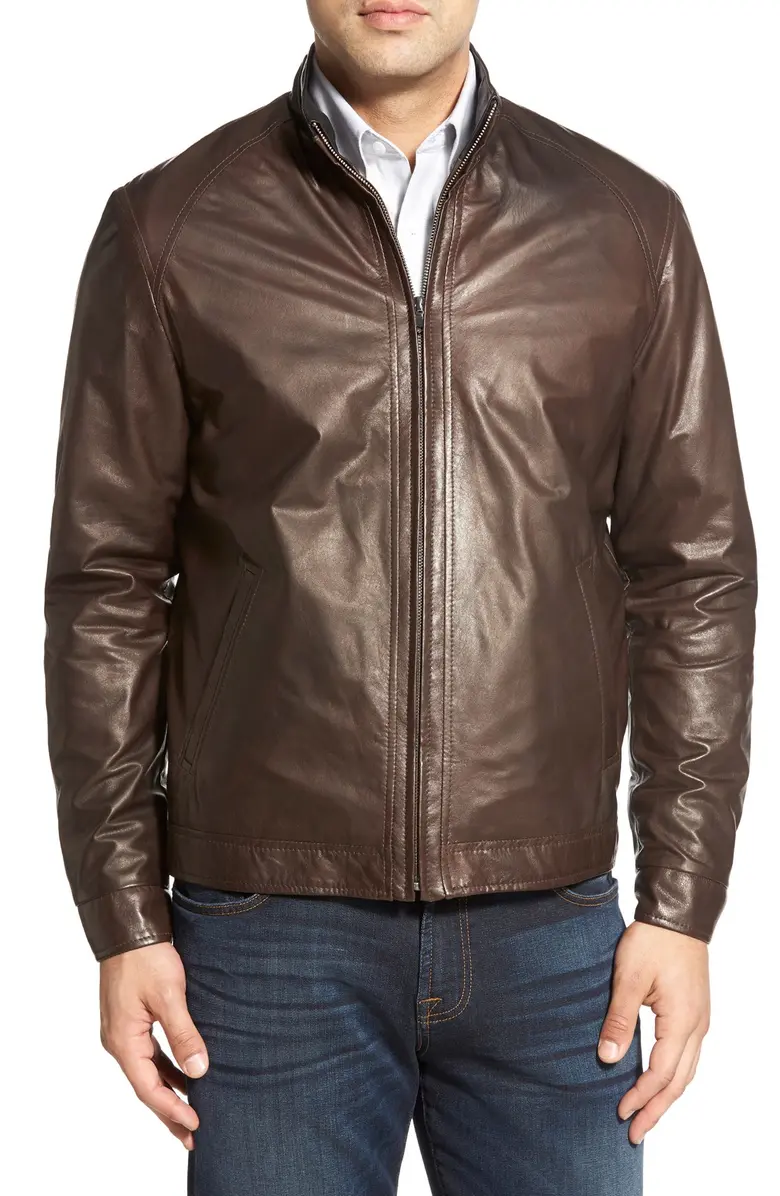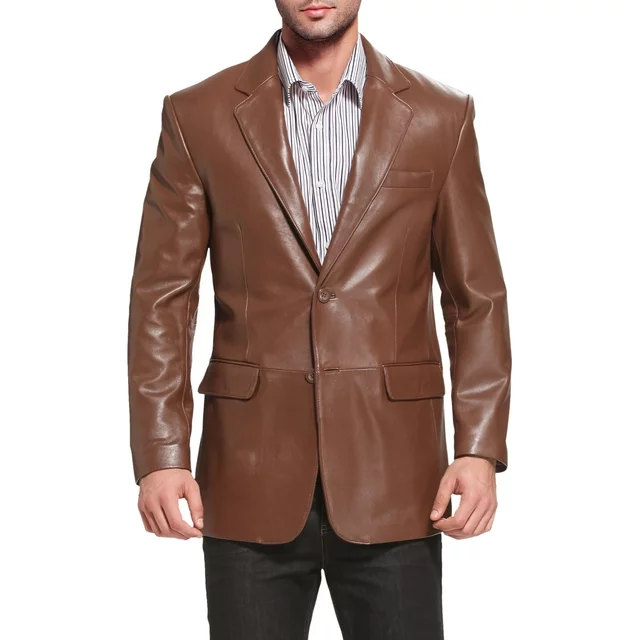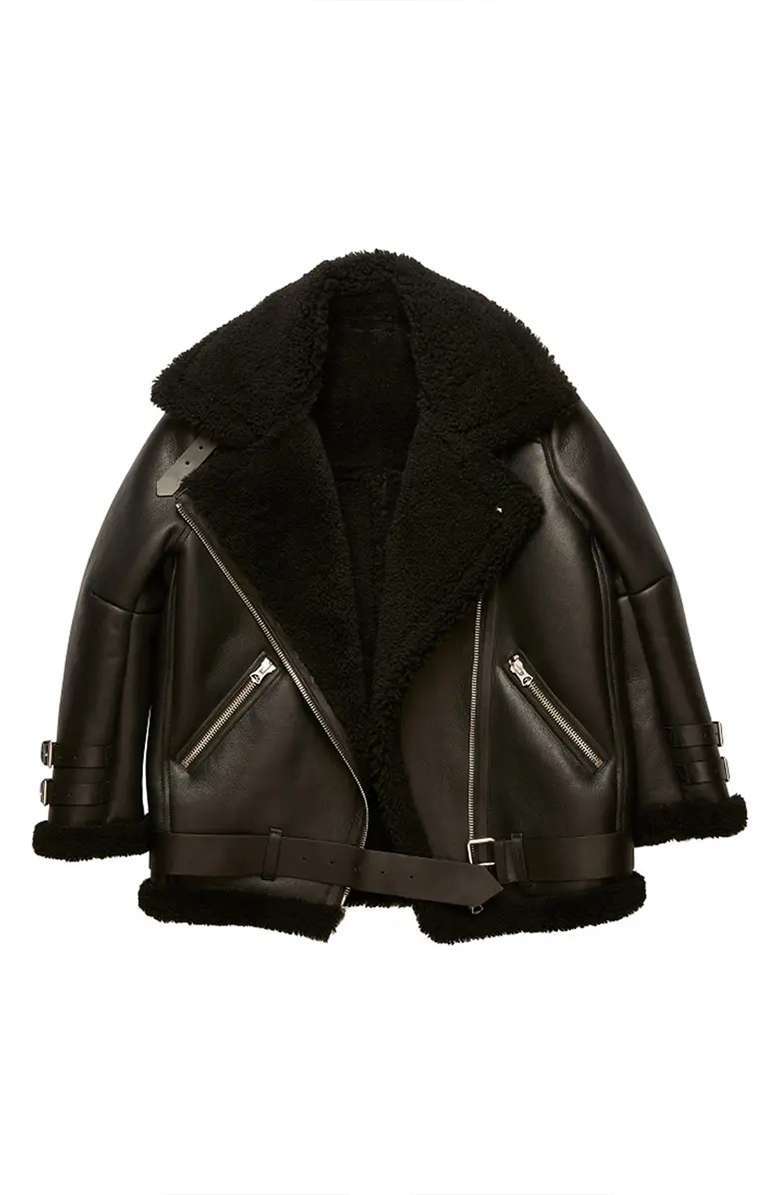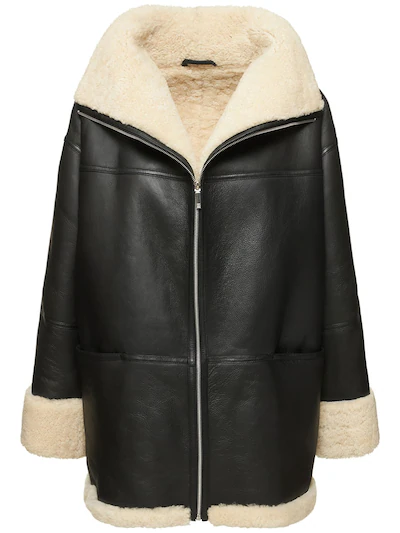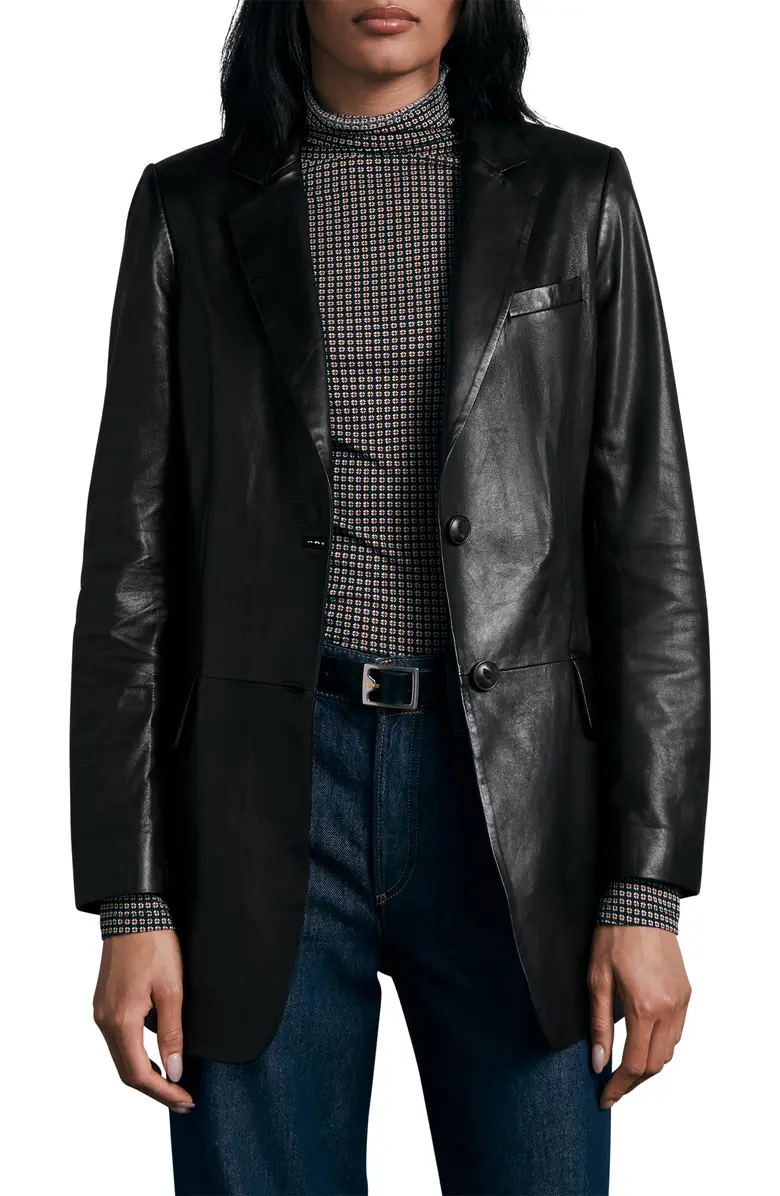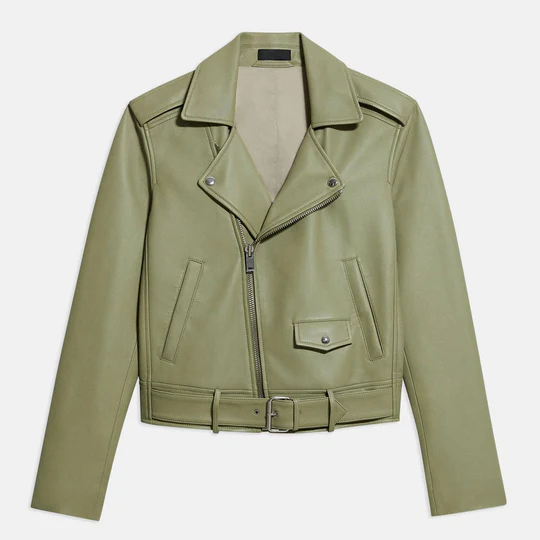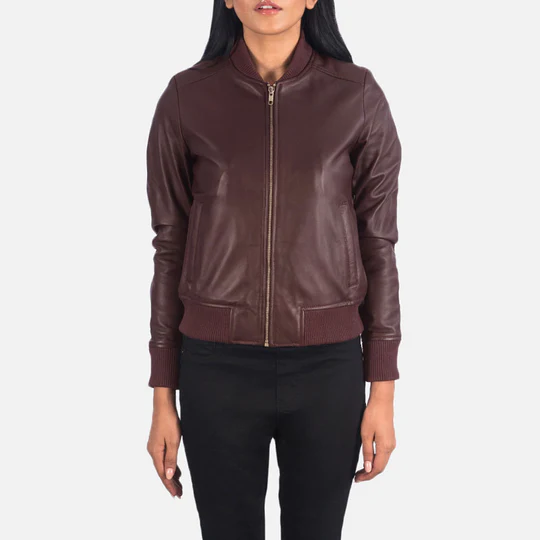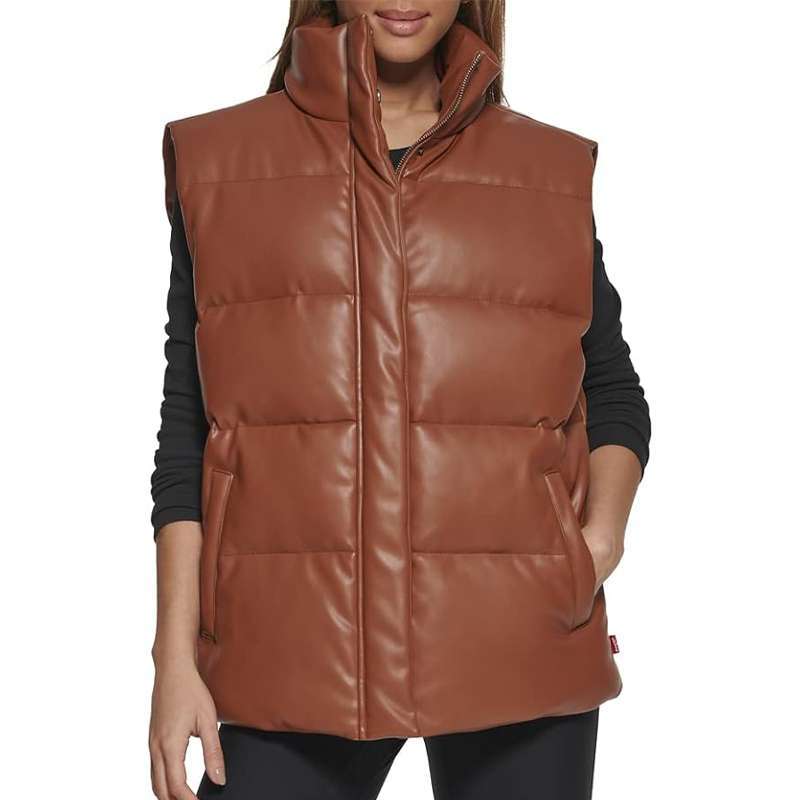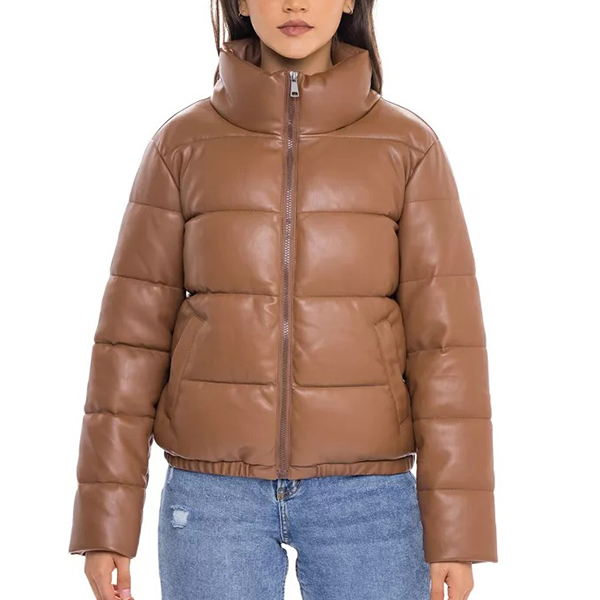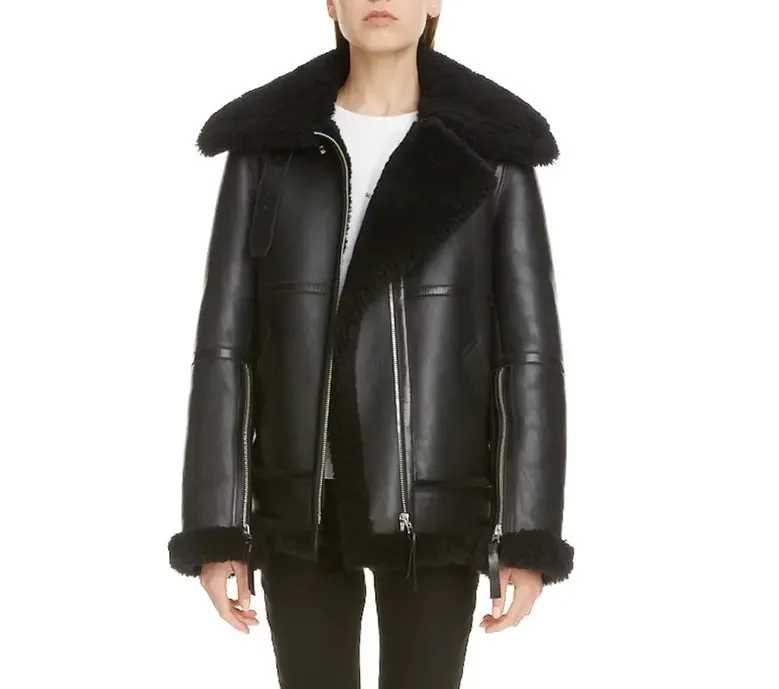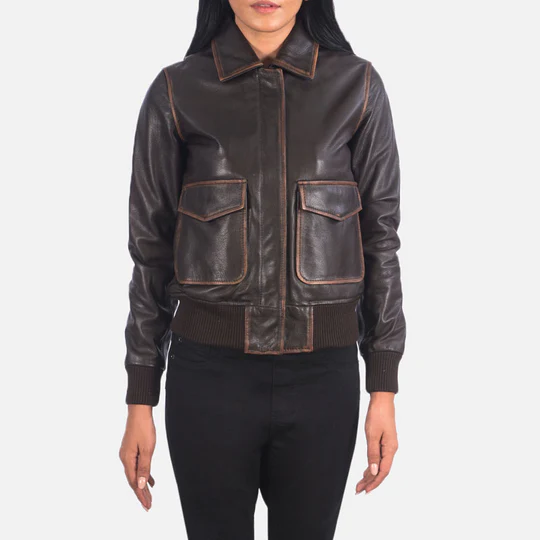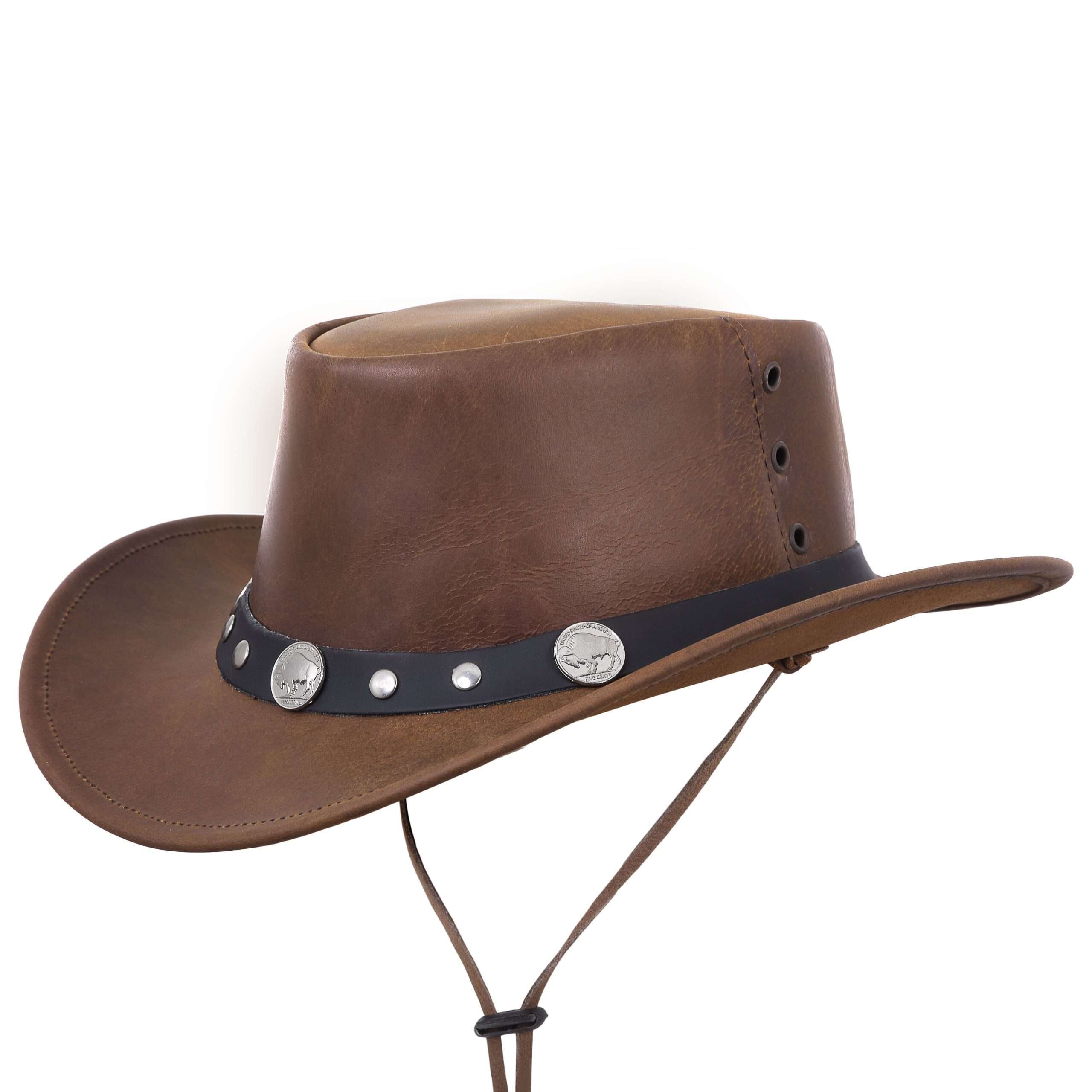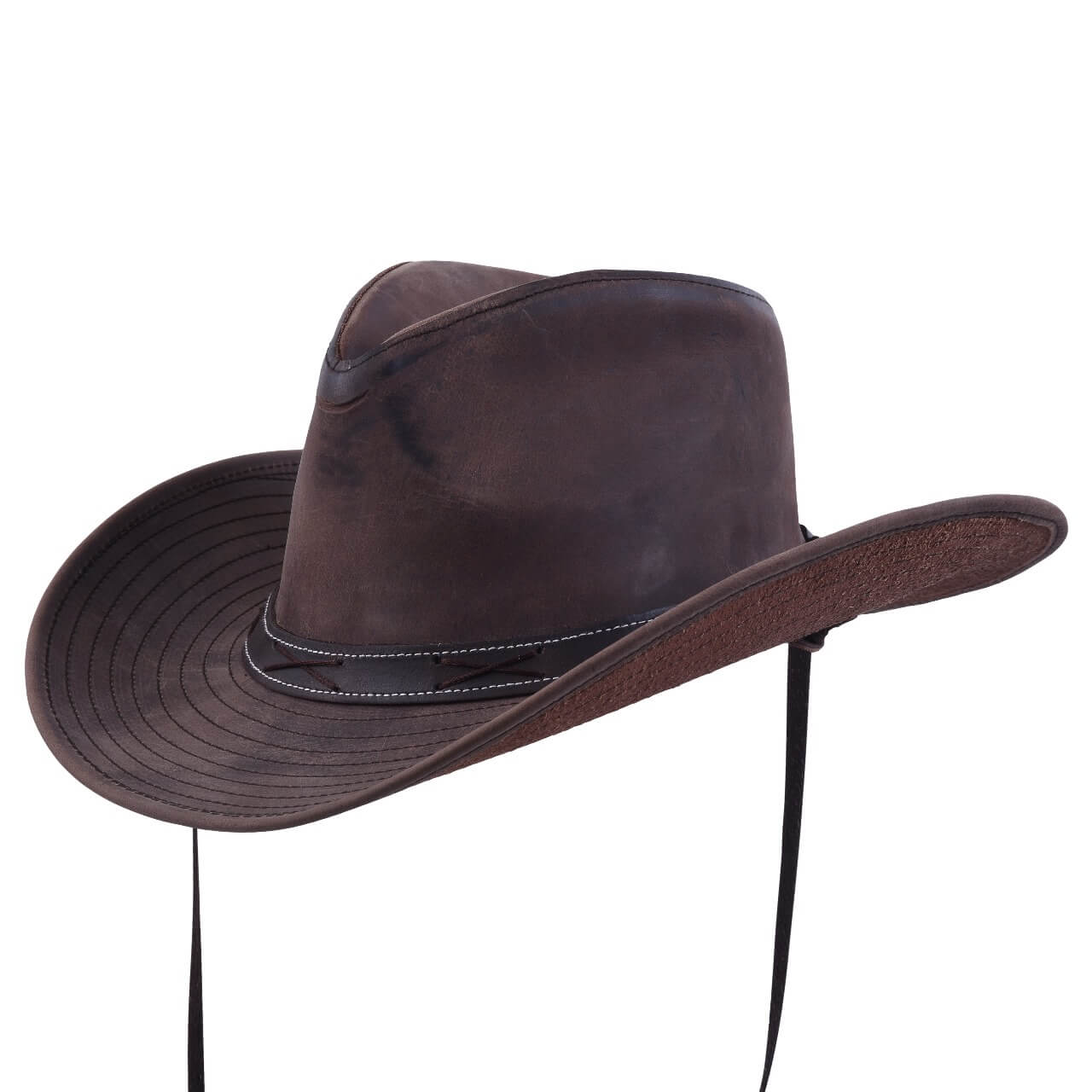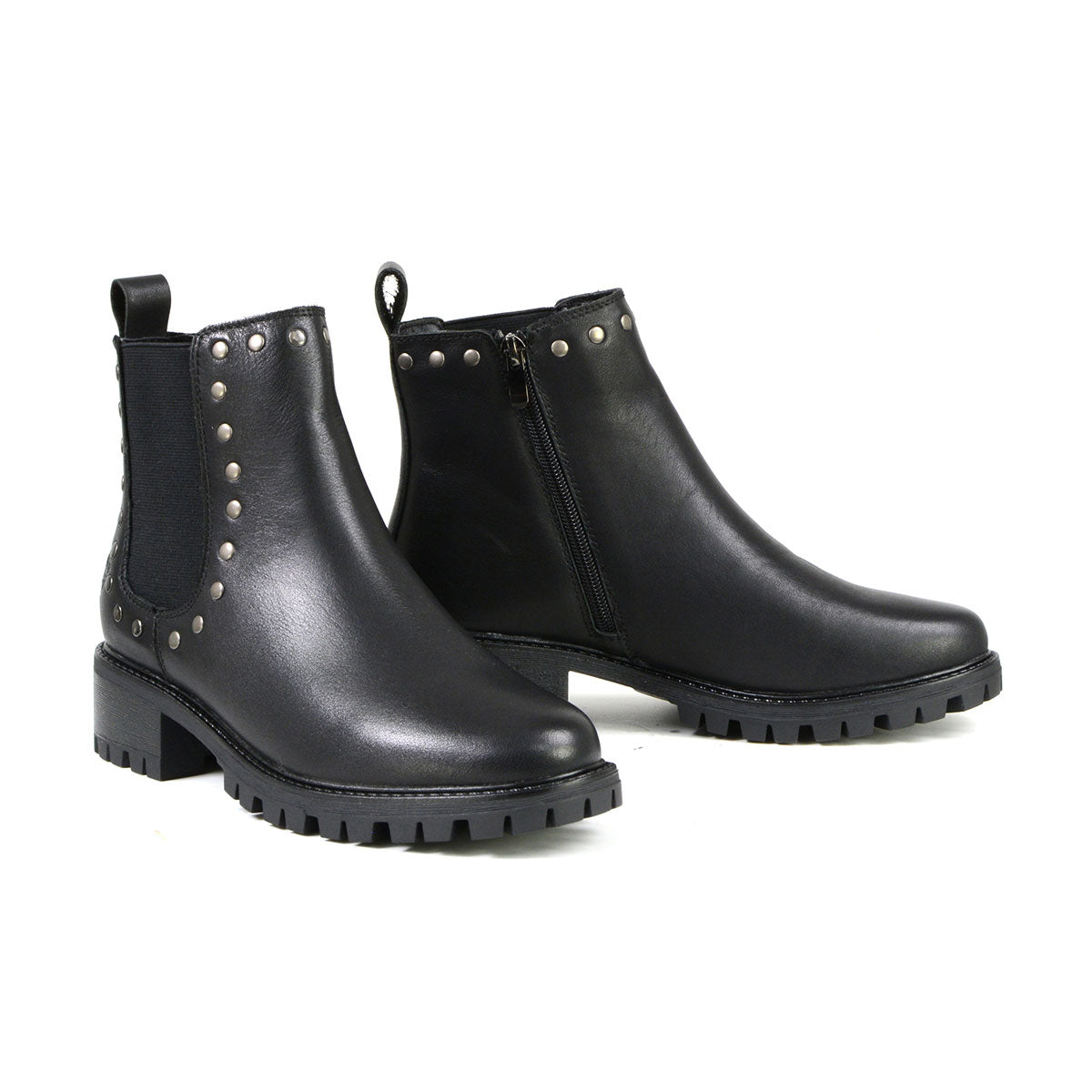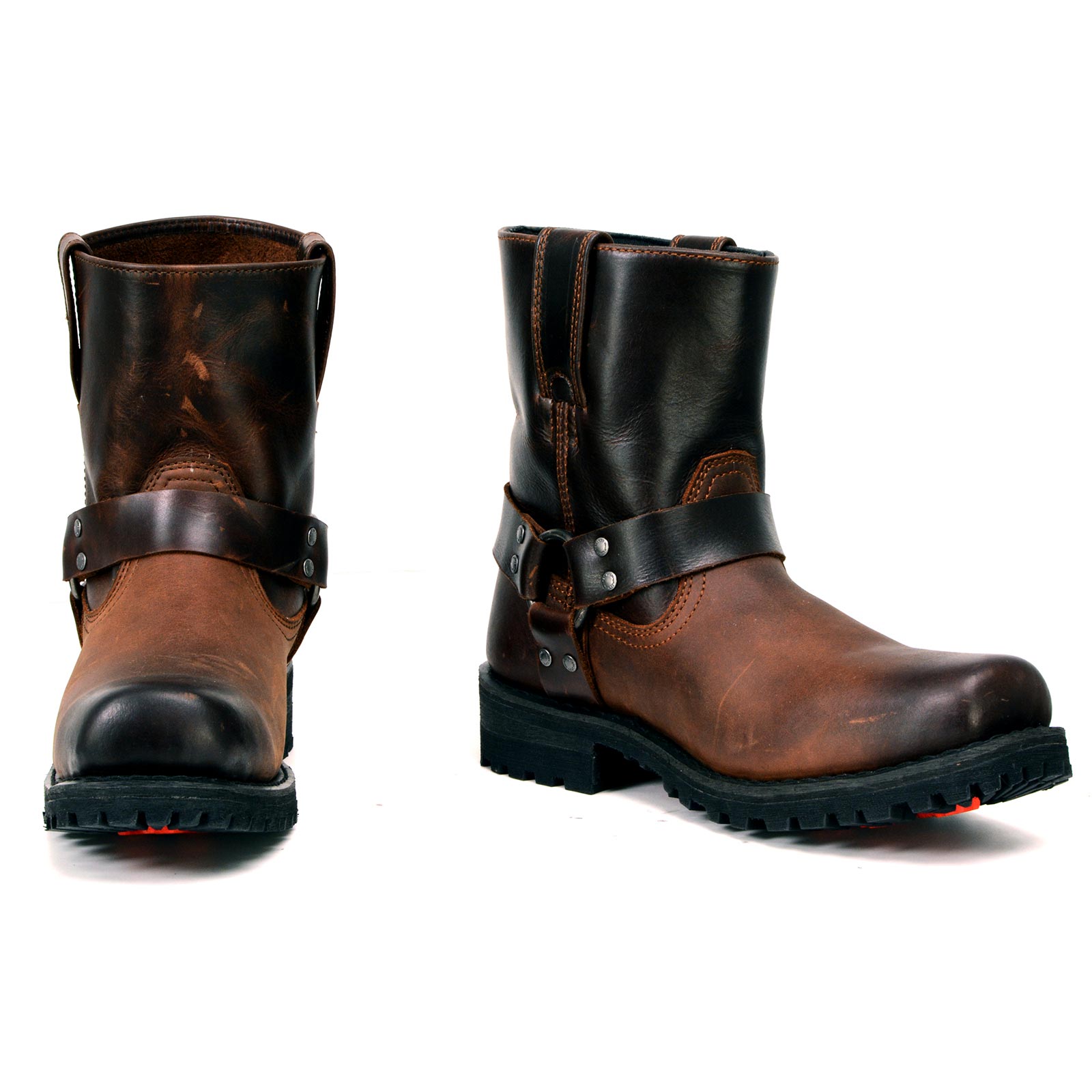Layering is an essential skill for navigating the colder months with both style and practicality. Not only does it provide warmth, but it also allows you to mix and match garments to create a variety of looks. This guide will teach you how to layer effectively while staying on-trend.
Why Layering Matters in Winter Fashion
Warmth Without Sacrificing Style
Winter weather demands clothing that keeps you warm, but bulkiness can detract from a polished appearance. Layering enables you to achieve both functionality and fashion by combining thermal insulation with visually appealing outfits.
Adaptability for Changing Conditions
Layering provides flexibility to adapt to temperature shifts throughout the day. Removing or adding layers as needed ensures you remain comfortable, whether indoors or outdoors.
Leather Jackets as a Layering Piece
Leather sherpa jackets have become a timeless wardrobe staple, and their versatility makes them an excellent choice for layering during winter. Whether you’re aiming for a casual outfit or a more polished look, leather jackets can seamlessly elevate your style while providing functionality.
Types of Leather Jackets for Winter Layering
Biker Jackets
Known for their edgy design, leather biker jackets often feature asymmetrical zippers, studs, and a slightly cropped fit. They pair well with chunky sweaters and scarves, creating a layered look with a rebellious edge.
Bomber Jackets
Bomber jackets are ideal for a sporty or casual vibe. With their ribbed cuffs and elastic waistbands, aviator jackets trap warmth effectively and are perfect for pairing with hoodies or thermal tops.
Blazers and Tailored Leather Jackets
For a more formal or professional appearance, blazer-style leather jackets offer a sleek and structured fit. They can be layered over button-down shirts or turtlenecks for a sophisticated yet warm winter outfit.
Pros and Cons of Using Leather Jackets for Layering
Advantages: Style and Wind Resistance
- Timeless Appeal: Leather jackets instantly add a touch of luxury and edge to any outfit.
- Wind Protection: The dense nature of leather shields against cold winds, making it practical for winter.
Challenges: Weight and Rigidity
- Heavy Fabric: Leather jackets can feel heavy, especially when layered over multiple garments.
- Limited Flexibility: Their rigid structure may restrict movement, which can be a concern for active individuals.
Pairing Leather Jackets with Winter Coats
While leather jackets excel as standalone pieces, they also pair well with heavier winter leather long coats to enhance warmth and style.
Choosing the Right Winter Coat
Oversized Coats for Comfort and Flexibility
Oversized wool or parka coats provide ample room for layering, making them an excellent choice when wearing a leather jacket underneath. The combination of textures adds depth to your outfit.
Structured Coats for a Sleek Look
Structured coats, like double-breasted wool overcoats, can complement the tailored lines of a leather blazer. This pairing exudes elegance and provides exceptional warmth.
Material Compatibility
Wool Coats
Wool coats are highly breathable and pair effortlessly with leather jackets. Together, they offer a balanced mix of warmth and sophistication.
Down Jackets
Down leather jackets add insulation without significant bulk. A leather jacket worn under a down coat is a practical combination for extremely cold climates.
Synthetic Winter Coats
Synthetic materials like polyester are lightweight and water-resistant, making them suitable for layering with leather jackets in wet or snowy conditions.
Styling Tips for Wearing a Leather Jacket Under a Winter Coat
Layering a leather jacket under a winter coat is a stylish way to combine warmth with versatility. This pairing not only ensures comfort during cold weather but also elevates your outfit with the timeless charm of leather. Here are some practical and trendy tips to master this layered look.
Practical Styling Tips
Picking Complementary Colors and Textures
- Neutral Palette: Combine a black leather jacket with a camel wool coat for a sophisticated contrast.
- Textural Contrast: Mix smooth leather with coarse fabrics like wool or tweed for added depth and visual interest.
- Pop of Color: If your winter coat is neutral, opt for a leather jacket in bold shades like burgundy or deep green to make a statement.
Managing Layer Thicknesses for Comfort
- Stick to slim-fit leather jackets to avoid bulkiness.
- Choose winter coats with enough room to accommodate the leather jacket without restricting movement.
Trendy Style Ideas
Streetwear-Inspired Layering
- Pair a biker leather jacket with an oversized puffer coat. Add a hoodie beneath the leather jacket for an edgy streetwear vibe.
- Finish the look with sneakers and a beanie for a casual yet stylish outfit.
Classic and Minimalist Combinations
- Combine a tailored leather blazer with a double-breasted wool coat.
- Stick to monochromatic tones like black, gray, or navy for a minimalist aesthetic.
Comfort and Mobility Considerations
Ensuring Ease of Movement
- Choose leather jackets made from supple, high-quality leather to enhance flexibility.
- Look for winter coats with vented backs or adjustable waist belts to allow greater mobility.
Selecting Flexible Leather Jackets
- Bomber-style jackets with elasticized cuffs and waistbands are less restrictive and pair well under coats.
- Opt for thinner leather materials, such as lambskin, to maintain comfort without sacrificing warmth.
Adjusting the Fit of Your Winter Coat
- Ensure your winter coat is slightly oversized or has a relaxed fit to prevent layering from feeling too tight.
- Try layering both pieces to confirm there’s no discomfort at the shoulders, arms, or torso.
Maintaining Warmth Without Sacrificing Comfort
Using Thermal Layers Underneath
- Start with a thermal base layer to trap heat and wick moisture away.
- Add a lightweight sweater or fleece under the leather jacket for additional insulation.
Leveraging Accessories Like Scarves and Gloves
- Add a chunky knit scarf to seal warmth around the neck while softening the overall look.
- Pair your outfit with leather gloves for a cohesive style that also keeps your hands warm.
Situational Appropriateness: Layering with a Leather Jacket
Layering a leather jacket under a winter coat offers versatility, but understanding the appropriate styling for different situations ensures that you remain fashionable and fitting for any occasion. Below, we explore how to tailor this look for casual outings, professional environments, and special occasions.
Casual Outings
Styling for Coffee Dates and Errands
- Effortless Layering: Pair a black leather bomber jacket with a cozy hoodie and top it with a relaxed-fit parka. This combination offers warmth and a casual vibe perfect for grabbing coffee or running errands.
- Footwear Focus: Match with sneakers or Chelsea boots to keep the outfit comfortable yet stylish.
- Accessories: Add a beanie and a lightweight scarf to enhance the casual, laid-back aesthetic.
Weekend Hangouts
- Denim Duo: Style a leather biker jacket under a wool coat with skinny jeans and ankle boots for a classic weekend look.
- Pop of Color: Use a vibrant scarf or hat to add a playful touch to the outfit.
Professional Environments
Business Casual Layering Tips
- Tailored Elegance: Wear a tailored leather blazer beneath a structured trench coat. Pair it with dress pants and a collared shirt for a polished appearance.
- Neutral Palette: Stick to subdued tones such as black, navy, and gray to maintain professionalism.
- Accessorize Smartly: Use sleek leather gloves and a minimalist briefcase to complete the ensemble.
Winter Workwear Essentials
- Opt for thin, supple leather jackets lambskin to avoid bulk under your coat.
- Pair with loafers or lace-up boots for a sophisticated finish.
Special Occasions
Statement Looks for Parties and Events
- Bold Choices: Choose a deep red or metallic leather jacket as your inner layer and wear it under a long black wool coat for an attention-grabbing party outfit.
- Textures and Patterns: Incorporate velvet or sequin scarves to elevate the look.
- Footwear Glam: Pair with heeled boots or polished leather shoes for an upscale touch.
Formal Gatherings
- Understated Chic: Use a minimalist leather blazer under a tailored overcoat. Pair it with a turtleneck sweater and slim-fit trousers for a refined formal appearance.
- Accentuate with Accessories: Use a sleek belt and a statement watch to tie the outfit together.
Final Thoughts
The beauty of layering with a leather jacket lies in its adaptability across various occasions. Whether you’re heading out for a casual coffee, attending a business meeting, or making a statement at a party, this versatile piece ensures you look stylish and appropriate. Choose the right combination of textures, colors, and accessories to tailor your outfit for any situation.
FAQs
Can all types of leather jackets be layered under winter coats?
Not all leather jackets are ideal for layering. Slim-fit or lightweight styles, such as lambskin leather or tailored blazers, work best under winter coats without adding bulk.
How do I prevent my layers from feeling too tight?
Choose a winter coat that is slightly oversized or has a relaxed fit. Opt for thin but warm layers underneath, such as thermal tops or fine-knit sweaters, to maintain comfort and mobility.
What are the best materials to pair with leather for maximum warmth?
Combine leather with wool, fleece, or cashmere for optimal insulation. These materials trap heat effectively while balancing breathability, ensuring you stay warm without overheating.
How do I clean a leather jacket used for layering?
Wipe your leather jacket with a damp, soft cloth to remove surface dirt. Use a leather conditioner periodically to maintain its suppleness and prevent cracking. For deeper cleaning, consider professional leather care services.
Can leather jackets be worn as a standalone winter piece?
Yes, but only in milder winter climates. Leather jackets provide wind resistance but lack the insulation needed for extremely cold weather. Layering with thermal garments or adding accessories like scarves can make them suitable for standalone use in cooler temperatures.
